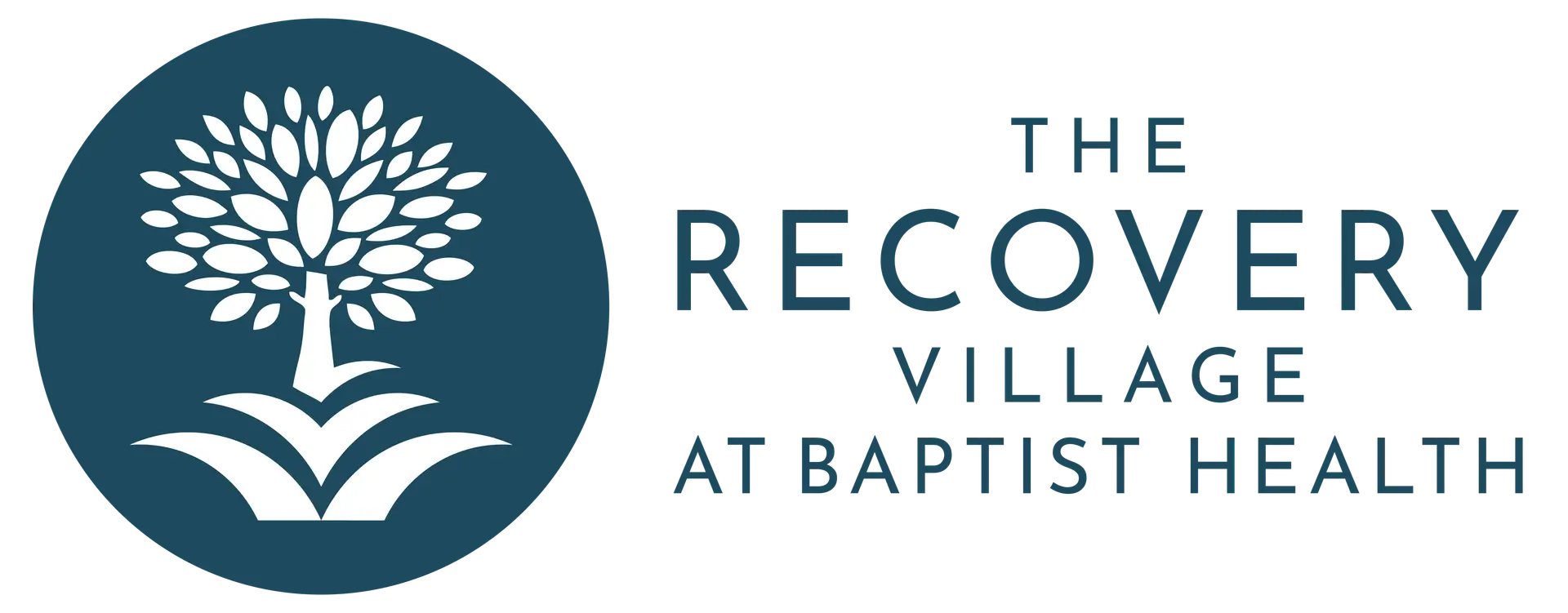Psychological dependence is one of the hallmarks of ketamine addiction. Understanding how serious ketamine misuse can be is important; stopping its misuse is also key.
Special K, Vitamin K, Super C, Honey Oil, Cat Valium — whatever you call it, ketamine actually got its start as an anesthetic created as an alternative to phencyclidine (PCP). The U.S. Food and Drug Administration (FDA) approved ketamine for medical use in 1970. But by the middle of the next decade, it was already popping up for use on the streets. It later gained popularity as a club drug.
Ketamine abuse could have lasting health implications. Understanding the short- and long-term effects and the risk of addiction is an important step in stopping recreational use. Anyone living with ketamine addiction has treatment options available.
How Is Ketamine Abused?
The United States Drug Enforcement Administration (DEA) determines how strong the potential for abuse is for any controlled substance. Ketamine is included as a Schedule III drug. Schedule III drugs have less potential for abuse than Schedule I and Schedule II drugs. Schedule III drugs are all considered as having a low to moderate potential for physical and psychological dependence.
Treatment Can Be Life Changing. Reach out today.

Doctors and clinics monitor patients who are prescribed and use Ketamine for pain, depression or any of its other approved medical uses. This minimizes the chances that people will misuse it.
However, Ketamine started gaining popularity as a party drug or “club drug” by the mid-1980s. Its illicit use took off in the 1990s as a staple of rave culture and could often be found added to ecstasy. It acts quickly, typically within 15 minutes of snorting it. Its ability to create intense hallucinations and feelings of peace, relaxation and euphoria play a large role in why people misuse ketamine.
People who misuse ketamine typically snort, smoke or inject it.
Methods of Taking Ketamine
Signs of Ketamine Addiction
Ketamine is a psychoactive drug. When someone is misusing it, they may exhibit certain behaviors that can be red flags. Outwardly, the person using the drug may have hallucinations much like LSD or PCP users do. Other ketamine use signs and symptoms include:
Two of the earliest ketamine addiction symptoms are precursors to addiction: developing a tolerance and becoming dependent. Misusing ketamine can lead to developing a tolerance to the drug. When that happens, you need to take larger doses or take the drug more frequently to get the desired effects. Misuse also increases the risk of developing a dependence on the drug. When this happens, the person using has to continue taking ketamine to avoid withdrawal symptoms.
Signs of ketamine abuse can mimic symptoms of misusing other substances. Ketamine addiction creates changes in your brain that make it difficult to stop using the drug. Many people begin experiencing disruptions in their personal relationships, work-life, and finances. The detached feelings that ketamine creates often lead to people neglecting their family and friends, making mistakes at work, missing work and spending large sums of money buying the drug. Other ketamine addiction symptoms may include:
Side Effects of Ketamine Addiction
Misusing any drug typically creates ripple effects throughout the body. The way the drug is administered can impact the side effects a person may experience. For example, if someone snorts it, bleeding and damage to the cartilage inside the nose can become long-term problems. Or, if someone smokes ketamine, they may develop breathing problems or lung damage. But what about the effects of the drug itself? Ketamine’s short- and long-term effects can both be dangerous.
Short-Term Effects
People who misuse ketamine do so to achieve the pleasurable effects of the drug. But this comes with downsides. For example, when someone takes a high dose, they can find themselves “falling into a k hole.” This is slang for feeling profound psychological and physical effects. The person is very impaired with loss of control over their body and a lack of awareness of their surroundings. They have difficulty interacting with anyone and are typically immobilized. Their hallucinations may take over their reality.
Even at low to moderate doses, Ketamine drug effects can be frightening or dangerous. Ketamine’s adverse effects include:
Long-Term Effects
Although “k holes” typically are short-lived, they can create ongoing problems. The extreme disconnection can leave people continuing to feel disconnected from their lives and the world around them. Some people go on to develop symptoms of psychosis. These symptoms include ongoing delusions and hallucinations.
General long-term side effects of ketamine include mental issues like flashbacks, a decreased desire to be social and attention problems. Other long-term health effects of ketamine include:
Ketamine Addiction Facts and Statistics
Compared to drugs like cocaine, marijuana, and heroin, there aren’t many available ketamine facts and statistics. The drug has its place in the medical community, and could potentially be a breakthrough treatment for severe depression. In March 2019, the FDA approved a new ketamine-based drug for use in people with depression that haven’t responded to other treatment methods.
Emergency department visits for illicit drugs of all kinds, including ketamine, continue rising, according to data collected between 2004 and 2011 by the Drug Abuse Warning Network. Additionally, out of more than two million emergency room visits in 2011, 1,550 were for ketamine use. That’s up from 303 in 2005.
A 2017 Substance Abuse and Mental Health Services Administration (SAMHSA) study found that 1.4 million people ages 12 and older were current (past month) hallucinogen users. This includes ketamine users. The percentage of the population reporting using hallucinogenic drugs like ketamine breaks down into the following age groups:
- Teens ages 12–17: 0.6%
- Young adults ages 18–25: 1.7%
- Adults age 26 or older: 0.3%
Ketamine date rape statistics show that it’s among the more commonly used date rape drugs. Ketamine and other date rape drugs are sometimes called “club drugs” because people often use them at parties, concerts, bars or dance clubs. Nearly 11 million women in the U.S. report being raped while drunk or under the influence of ketamine or other date rape drugs. It’s colorless and odorless. Predators can easily slip it into someone’s drink. Additionally, intentional misuse of ketamine impairs judgment and can leave the person using it vulnerable.
Ketamine Addiction, Abuse & Treatment Trends in South Florida
South Florida is embracing ketamine’s legal use for treating severe depression. Infusion centers have opened throughout the region in response to the FDA’s approval of ketamine as a treatment option for people who have treatment-resistant depression.
Ketamine Withdrawal
Prolonged, frequent and heavy ketamine use puts you at risk of becoming dependent or addicted. If this happens, you’ll experience ketamine withdrawal when you stop using it. This sparks a cascade of symptoms when you cease taking the drug. Ketamine withdrawal symptoms can range from mild to severe. They include:
Ketamine Overdose
Ketamine overdose deaths aren’t very common. However, the likelihood of ketamine overdose increases as your tolerance for the drug increases. Taking increasingly higher doses to achieve the high can put you in very real danger. Combining ketamine with alcohol or other sedatives could lead to toxicity and death. Ketamine increases sedation and slows breathing, creating a dangerous situation. Symptoms of a ketamine overdose include:
Ketamine Addiction Treatment
Most people facing ketamine addiction need help. Dealing with serious withdrawal symptoms with professionals on hand helps reduce the danger. Popular ketamine addiction treatment options include outpatient, inpatient, and residential programs. Although there aren’t any medications approved for the specific treatment of ketamine addiction, addiction professionals may use medications to help combat withdrawal symptoms and treat co-occurring mental health problems.
Effective ketamine treatment options use a combination of therapies. These may include:
- Cognitive behavioral therapy
- Group therapy
- Family therapy
- Individual therapy




